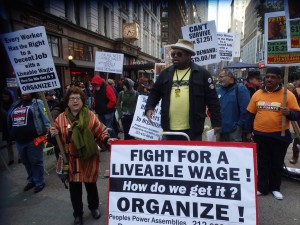We take for granted the fact that our little pieces of plastic just may be the keys to our true prized possessions: our identities. But why are we so casual about our credit cards then? After all, they’re just plastic flash cards with obscure numbers on them, and it’s hard to believe anyone could steal our identities just from copying down those numbers. Security’s pretty steely these days, we think, so how can any hacker do anything without actually stealing our credit cards? And even then, there are precautions taken for anyone using a stolen credit card. Yet, we should still be worried….
The Reason Why We Should Still Be Worried Is That Credit Card Access Is Easy With the Right Kind of Information

That one little credit card has all the pertinent information a hacker or identity theft aficionado would need — your credit card number, expiration date, your name, and your security code. When you think about it, that’s really all thieves would need.
Therefore, whenever you hand your credit card or debit card to anyone — even a waitress — you run the slight risk that the person just might be a cyber-criminal of the worst kind — committing identity fraud and stealing your resources, your assets, your everything, simply by copying numbers down.
You Could Be Using an ATM and Someone Might Be Looking Over Your Shoulder
It doesn’t take much effort to steal someone’s information. Identity thieves aren’t stupid, unlike some idiots out there. A thief doesn’t necessarily have to steal the actual card. What’s important is the information. More importantly, grocery lines are ripe pickings for identity theft as anyone with a smartphone could simply snap a picture on the other side of a line while the cashier’s not looking, get the numbers from the credit card or debit card swiped, and then use that information to purchase a new car or something. It’s that simple.
Be careful, please. You’re walking around with a giant vault, unlocked, and loaded with not only all the cash you have on you, but all the potential you have in securing loans and new lines of credit. Not a whole lot of financial quality control to work with there. Current credit lines, too, are in danger. When you think about it, it’s not that hard for an identity thief to get a hold of your information.
Identity Theft Protection Is, Therefore, Essential
You’re never 100% risk-free. Just remember that. You can even have a stolen-card policy with your credit card company, but it won’t matter as long as the criminal has your information. Make it a point to get in with the ultimate identity protection service out there, or LifeLock especially. Identity theft is the most dangerous crime in the U.S. these days — and your credit card has now earned another notch on your belt as your biggest weakness!
The post Your Credit Card Is an Open Book. So Close It! appeared first on IDENTITY THEFT PROGRAM REVIEWS.
Share
Follow Us!


